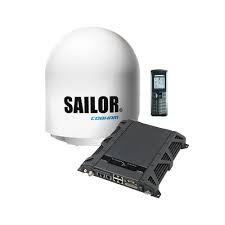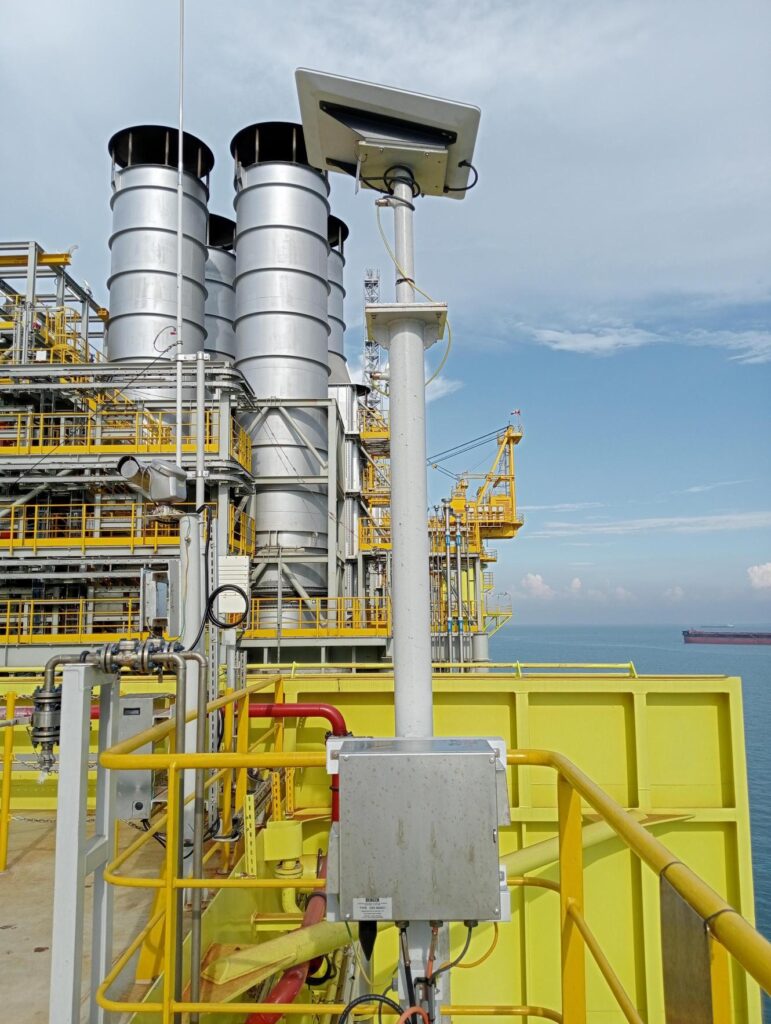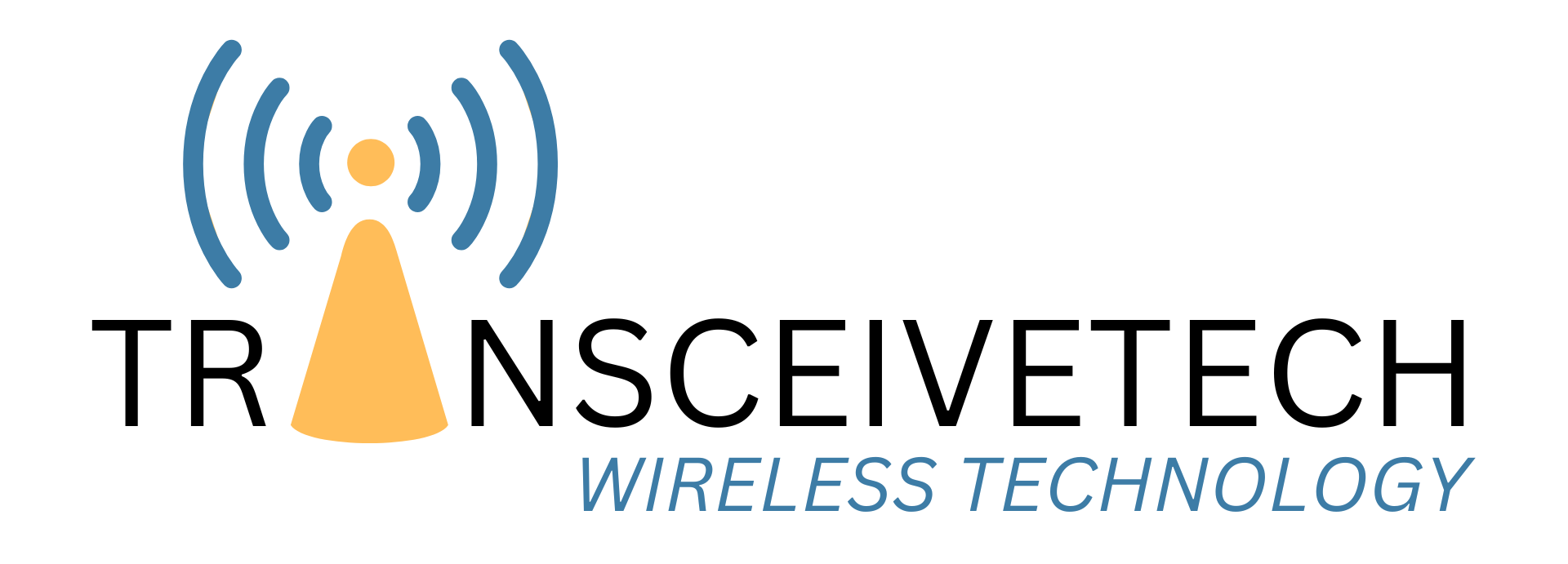- +65 6826 2525
VIVO CONNECT
Satellite Communication Solutions
We design, install, upgrade and repair satellite communication systems, including C-band and Ku-band VSAT systems, Starlink and Fleet Broadband for the maritime industry.
Satellite Communication in Harsh and Hazardous Areas
Satellite communication systems are indispensable in hazardous environments where traditional terrestrial networks are impractical or unreliable. These systems provide a lifeline for critical communications in scenarios like remote mining sites, offshore oil rigs, FPSO vessels, disaster-stricken areas, and military operations.
Their robustness and independence from local infrastructure make them essential for emergency response, real-time data exchange, and remote monitoring, ensuring the safety of personnel and the efficient management of operations in these challenging and often life-threatening environments.
Types of Satellite Communication Systems We Offer
C Band Systems & Mini-C

C-band VSAT systems are commonly used in applications such as maritime communication, remote mining operations, oil and gas exploration, and broadcasting, where reliability and global coverage are paramount.
Frequency Band: C-band VSAT systems operate in the C-band spectrum, which ranges from approximately 3.4 to 4.2 GHz for downlink (receive) and 5.85 to 6.425 GHz for uplink (transmit).
Rain Fade Resistance: C-band is relatively less susceptible to rain fade, making it suitable for use in areas with heavy rainfall.
Global Coverage: C-band frequencies are less affected by atmospheric conditions and are often used in global applications, particularly in regions with adverse weather conditions.
Larger Dish Size: C-band VSAT terminals typically require larger dish sizes compared to Ku-band or Ka-band systems. This can make them more challenging to install and maintain.
Interference Mitigation: Due to the larger frequency band, C-band VSATs may experience more interference from terrestrial microwave systems, but they have mechanisms to mitigate this interference.
Frequency Band: Ku-band VSAT systems operate in the Ku-band spectrum, which typically covers the frequencies between approximately 10.7 to 14.5 GHz for downlink (receive) and 13.75 to 14.5 GHz for uplink (transmit).
Dish Size: Ku-band VSAT terminals typically use smaller dish sizes compared to C-band systems. This makes them more suitable for installations where space and aesthetics are a concern.
Higher Data Rates: Ku-band VSATs offer higher data rates compared to C-band systems, making them well-suited for applications that require high-speed internet access and real-time data transfer.
Rain Fade: Ku-band VSATs are more susceptible to rain fade compared to C-band systems, which means they can experience signal degradation during heavy rainfall.
Geographic Coverage: Ku-band is commonly used in regions where moderate to light rainfall is more typical, and where the benefits of higher data rates outweigh the increased susceptibility to rain fade.
Ku Band VSAT Systems

Ku-band VSAT systems are widely used for applications such as broadband internet access for remote locations, business communication, video conferencing, and consumer broadband services via satellite.
Fleet Broadband

These systems support a wide range of maritime applications, including weather forecasting, chart updates, remote equipment monitoring, crew welfare, and administrative tasks.
Global Coverage: Fleet Broadband systems offer global coverage, allowing ships to stay connected regardless of their location on the open sea. They use geostationary satellites or, in some cases, low Earth orbit (LEO) satellite constellations for this purpose.
High-Speed Data: Fleet Broadband systems provide high-speed data connectivity, enabling maritime users to access the internet, send and receive emails, browse the web, and use various data-intensive applications.
Voice Services: In addition to data, these systems support voice services through satellite phones or VoIP (Voice over Internet Protocol), allowing crew members to make calls to onshore locations and other vessels.
Multiple Service Plans: Service providers offer a range of service plans with varying data speeds, data allowances, and pricing options to meet the specific needs and budget constraints of different maritime customers.
Reliability: These systems are designed to be highly reliable, with redundancy built into both the satellite network infrastructure and the onboard equipment to minimize downtime.
Safety Services: Fleet Broadband systems often include safety features, such as priority access to communication during emergencies, ensuring that maritime crews can reach out for assistance when needed.
- Transmit Power (Pt)
- Transmit Antenna Gain (Gt)
- Free-Space Path Loss (FSPL)
- Receive Antenna Gain (Gr)
- System Noise Temperature (Tsys)
- Noise Figure (NF)
- Effective Isotropic Radiated Power (EIRP)
- Received Power (Pr)
- Link Margin
- Required Eb/No
VSAT Link Budget Calculations
The link budget involves calculating various parameters to ensure that the received signal at the VSAT is of sufficient quality for reliable communication.
Starlink Systems
Starlink is more than just an internet service; it’s a game-changer for the maritime industry. Its global coverage, high-speed connectivity, and reliability make it an indispensable tool for modern maritime operations.

Global Coverage: Unlike traditional satellite systems with limited coverage areas, Starlink offers global reach. Whether you’re in the Arctic Ocean or the South Pacific, you can maintain a robust connection, ensuring you’re never out of touch.
High-Speed Internet: With download speeds ranging from 100 Mbps to 200 Mbps and latency as low as 20 ms, Starlink provides a seamless online experience. This high-speed connectivity supports real-time data transfer, video conferencing, and access to cloud-based applications, vital for modern maritime operations.
Reliability: Starlink’s low Earth orbit (LEO) satellite constellation is designed for redundancy. Even if one satellite goes down, others in the network ensure uninterrupted service. This reliability is crucial for emergency communications and real-time navigation updates.
Enhanced Operational Efficiency: With reliable high-speed internet, your crew can communicate seamlessly with onshore teams, access up-to-date weather forecasts, and use advanced navigational tools. This connectivity enhances operational efficiency and decision-making processes.
Why Choose Us
Installation by Certified Professionals
Our installation team consists of certified professionals with expertise in working in hazardous environments. They follow strict protocols to ensure proper equipment installation, to minimize any risks.
Compliance & Regulations
We stay up-to-date with industry-specific regulations and guidelines governing the installation of satellite communication equipment, in hazardous areas. Our installations adhere to these regulations to ensure compliance and maintain the safety of your facility.
Customized System Design
Our experts work closely with you to design a system that addresses the unique challenges of your business. After installation, we conduct thorough testing to ensure that the system functions as expected and provides reliable connectivity.
Get the right team for a seamless installation and design process!
Based on your data rate, throughput and cybersecurity requirements, we design complex network topologies that will guarantee high availability of communication links, with a combination of VSAT, Starlink and Point-to-Point Radios.
